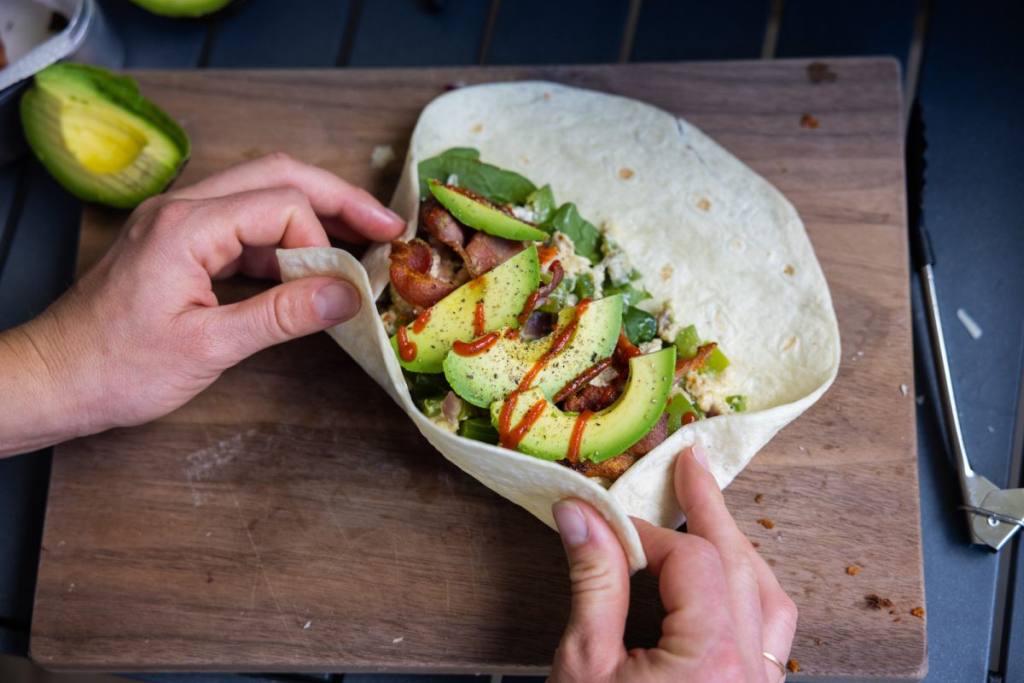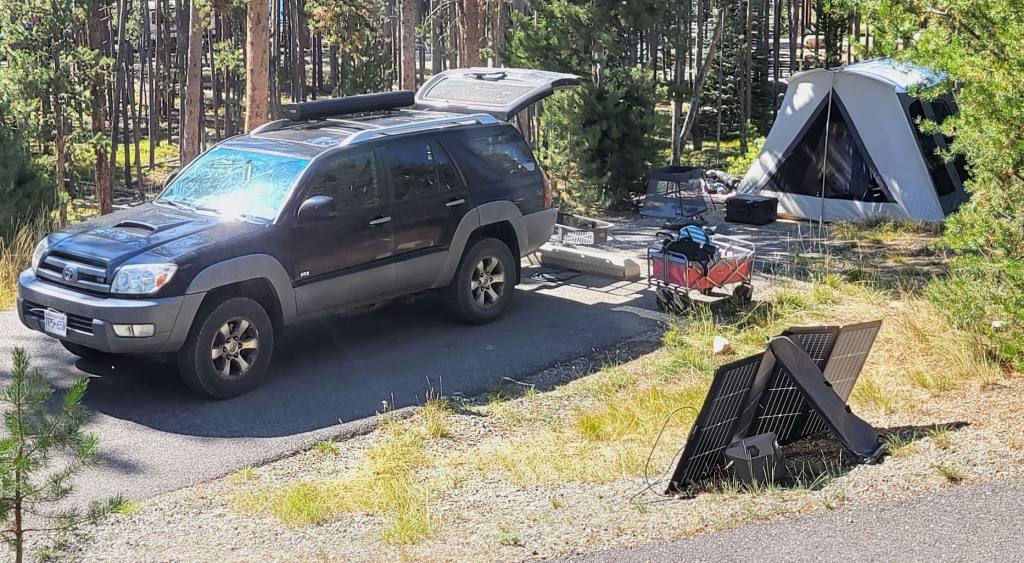How to Choose Energy Food for Hiking

Hiking is an exhilarating activity that demands both physical endurance and mental focus. Whether you’re tackling a challenging trail or enjoying a leisurely walk through nature, the food you bring along plays a crucial role in maintaining your energy levels and overall well-being. Choosing the right energy food can make a significant difference in your performance and enjoyment during a hike. This guide will help you understand what to look for when selecting the best foods to keep you energized on the trail.
Understanding Your Energy Needs
Before selecting your hiking snacks, it’s important to understand the energy requirements of your body during physical exertion. Hiking, especially on uneven or steep terrain, requires a constant supply of energy. Your body primarily relies on carbohydrates for quick energy, while fats and proteins provide sustained fuel. Choosing a mix of these macronutrients will ensure you have the necessary stamina for the duration of your hike.
Carbohydrates are your body’s go-to source of energy during intense physical activity. Foods high in simple carbs, like fruits or energy gels, provide quick bursts of energy, which are ideal for short, strenuous sections of a hike. For longer hikes, complex carbohydrates such as whole grains or trail mix with nuts and dried fruit are more effective in sustaining energy over time. Including proteins and healthy fats helps in muscle repair and keeps you feeling fuller longer, which is crucial during extended hikes.
Selecting Convenient and Nutrient-Dense Snacks
When choosing hiking food, convenience and nutrient density are key factors to consider. You want to pack foods that are easy to carry, won’t spoil quickly, and provide maximum nutrition in a small package. Energy bars, for example, are a popular choice because they are compact, lightweight, and packed with a balanced mix of carbohydrates, fats, and proteins. Look for bars that contain natural ingredients like oats, nuts, and dried fruits without excessive added sugars.

Nuts and seeds are another excellent option for hiking. They are rich in healthy fats, which provide long-lasting energy, and they’re also a good source of protein. Almonds, walnuts, and sunflower seeds are all great choices that can be easily packed into a small bag or mixed into trail mix. Adding dried fruits like raisins, apricots, or cranberries to your trail mix provides a natural source of sugars, giving you a quick energy boost when needed.
Dehydrated or freeze-dried meals can be a practical solution for longer hikes or overnight trips. These meals are lightweight, easy to prepare with just a little water, and they offer a good balance of nutrients. While not necessary for a day hike, they can be lifesavers on multi-day treks where you need substantial, warm meals.
Hydration and Electrolyte Balance
While food is important, staying hydrated is equally critical during a hike. Dehydration can lead to fatigue, cramps, and even more serious health issues, especially in hot or dry climates. Water is essential, but it’s also important to maintain your electrolyte balance. Electrolytes like sodium, potassium, and magnesium are lost through sweat and need to be replenished to prevent dehydration and maintain muscle function.
Sports drinks or electrolyte tablets can be carried easily and mixed with water to help restore these vital minerals. However, you can also opt for natural sources of electrolytes. Foods like bananas (rich in potassium), nuts, and seeds can help maintain your electrolyte levels naturally. If you prefer a more natural option, coconut water is an excellent hydrating beverage that’s packed with electrolytes.
Planning Portion Sizes and Timing
When planning your food for a hike, portion size and timing are crucial to keep in mind. You don’t want to carry more food than necessary, as it adds weight to your pack, but you also don’t want to run out of energy mid-hike. Consider the length and intensity of your hike when planning your food portions.
For short hikes, a couple of energy bars, a piece of fruit, and a handful of nuts might be sufficient. For longer or more strenuous hikes, you’ll need more substantial snacks and possibly a light meal. It’s also important to snack regularly to keep your energy levels stable. Aim to eat small amounts every hour or so, rather than waiting until you’re hungry, which can help prevent energy dips and keep you feeling strong throughout the hike.
Timing your meals and snacks is just as important as what you bring. Start your day with a hearty breakfast that includes both carbohydrates and protein. During the hike, eat small, frequent snacks to keep your energy levels consistent. After the hike, it’s important to refuel with a meal that includes protein and carbs to aid in muscle recovery.
Conclusion
Choosing the right energy food for hiking is about balancing convenience, nutrition, and personal preference. By understanding your energy needs, selecting nutrient-dense snacks, maintaining hydration, and planning portion sizes and timing, you can ensure that you stay energized and focused throughout your hike. Preparing in advance and choosing wisely will help you make the most of your outdoor adventure, leaving you ready to tackle any trail with confidence. For more detailed advice and product recommendations, visiting a reliable outdoor website can provide you with additional resources and tips to enhance your hiking experience.









